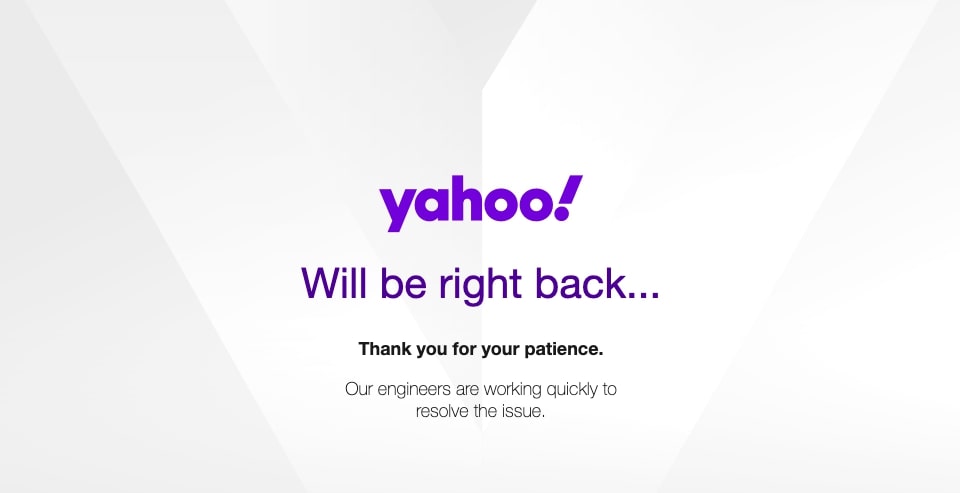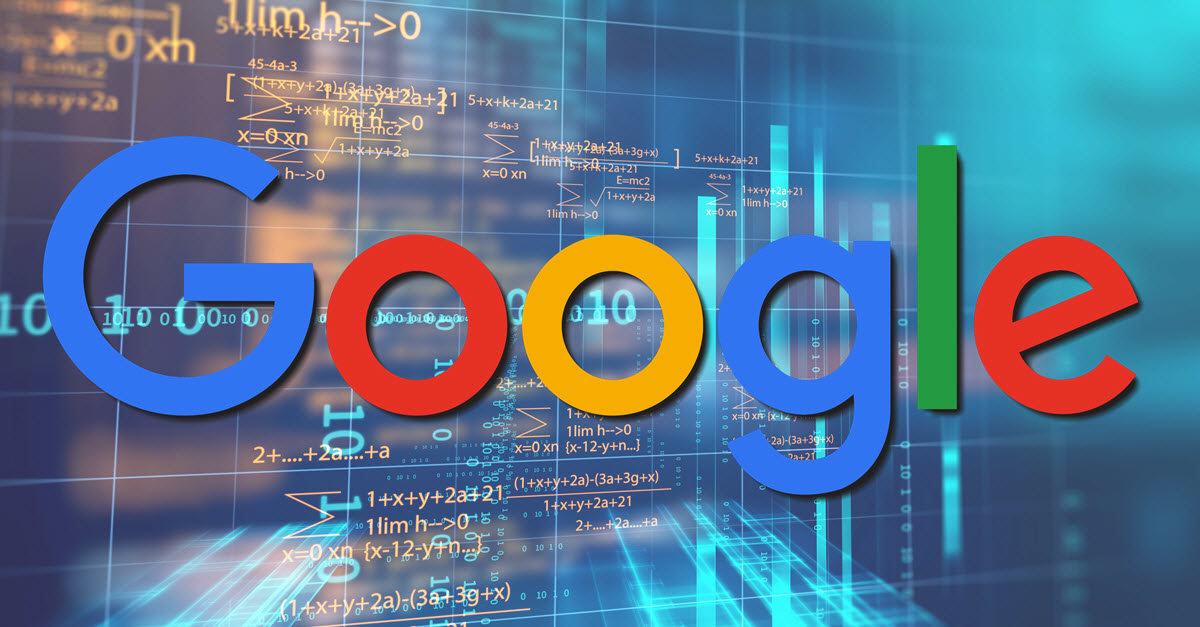Google Top Ranking Factors: The Complete List
You may already know that Google uses too many search engine ranking factors in its algorithm. But what are they? Well, you are lucky because I have put together an entire list of top Google ranking factors. Some are evident, Some are divisive and others are SEO theory. But they’re all at this time. And I lately updated this entire list for 2023.
Let’s leap right in.
- Keyword Appears in Top Level Domain: Having a keyword in your domain name doesn’t provide you with the SEO boost that it used to. But it still acts as a relevant indication for search engine ranking factors.
- Keyword As First Word in Domain: A domain that begins with their target keyword has a rim over sites that either doesn’t have that keyword in their domain (or have the keyword in the center or end of their domain)for google search engine ranking factors.
- Keyword in Subdomain: Moz’s expert panel agrees that a keyword emerging in the subdomain can enhance rankings for google search engine ranking factors.
- Domain History: A site with impulsive ownership or various drops may tell Google to reset the site’s history, opposing links pointing to the domain. Or, in some cases, a penalized domain may execute the penalty over to the latest owner for google ranking factors.
- Exact Match Domain: Exact Match Domains may still provide you with a slight edge. But if your EMD happens to be a low-quality site, it’s vulnerable to the EMD update for google ranking factors.
- Penalized WhoIs Owner: If Google recognizes a particular person as a spammer it makes sense that they would examine other sites owned by that person.
- Country TLD extension: Having a Country Code Top Level Domain (.cn, .pt, .ca) can aid the site rank for that specific country… but it can restrict the site’s ability to rank internationally for google ranking factors.
- Keyword in Title Tag: Although not as significant as it once was, your title tag remains an imperative on-page SEO signal for google ranking factors.
- Title Tag begins with Keyword: According to Moz, title tags that begin with a keyword tend to execute better than title tags with the keyword towards the end of the tag.
- Keyword in Description Tag: Google doesn’t employ the meta description tag as a direct ranking signal. However, your description tag can bang click-through-rate, which is a key ranking factor for google ranking factors.
- Keyword Appears in H1 Tag: H1 tags are a “second title tag”. Along with your title tag, Google uses your H1 tag as a secondary indication signal, as per results from one correlation study. A good way of saying: “How frequently does a certain word come out in a document?”. The more often that word appears on a page, the more probable it is that the page is about that word. Google probably uses a sophisticated version of TF-IDF for google ranking factors.
- Content-Length: Content with many words can have a wider breadth and are probably preferable in the algorithm contrasted to shorter, superficial articles. One current ranking factors industry study discovered that content length connected with SERP position for top google ranking factors.
- Keyword Density: Although not as vital as it once was, Google may use it to decide the topic of a webpage. But going overboard can upset you for top google ranking factors.
- Latent Semantic Indexing Keywords in Content (LSI): LSI keywords aid search engines take out the meaning from words that have more than one meaning (for example Apple the computer company vs. Apple the fruit). The presence/absence of LSI probably also indicates a content quality signal.
- LSI Keywords in Title and Description Tags: As with webpage content, LSI keywords in page meta tags probably help Google distinguish between words with numerous potential meanings. May also act as an indication signal.
- Page Covers Topic In-Depth: There is a recognized correlation between depth of topic coverage and Google rankings. Thus, pages that cover each angle likely have an edge vs. pages that only cover a topic not completely.
- Page Loading Speed through HTML: Both Google and Bing employ page speed as a ranking factor. Search engine spiders can guess your site speed fairly precisely based on your page’s HTML code.
- Page Loading Speed through Chrome: Google also uses Chrome user data to get a better hold on a page’s loading time. That way, they can calculate how rapidly a page loads to users.
- Use of AMP: While not a straight Google ranking factor, AMP may be an obligation to rank in the mobile version of the Google News Carousel.
- Entity Match: Does a page’s content syncs the “entity” that a user is probing for? If so, that page may get a rankings enhancement for that keyword.
- Google Hummingbird: This “algorithm change” aided Google to go beyond keywords. Thanks to Hummingbird, Google can now better comprehend the topic of a webpage.
- Duplicate Content: Identical content on the same site (even somewhat modified) can pessimistically influence a site’s search engine visibility.
- Rel=Canonical: When used properly, use of this tag may put off Google from penalizing your site for duplicate content.
- Image Optimization: Images send search engines imperative relevancy signals through their file name, alt text, title, description and caption.
- Content Recency: Google Caffeine update favours currently published or updated content, particularly for time-sensitive searches. Highlighting this factor’s significance, Google shows the date of a page’s current update for certain pages.
- The magnitude of Content Updates: The implication of edits and changes also serves as a freshness factor. Adding or removing entire sections is more important than switching around the order of a few words or setting up a typo.
- Historical Page Updates: How repeatedly has the page been updated over time? Daily, weekly, every 5 years? The frequency of page updates also plays a role in newness.
- Keyword importance: Having a keyword emerge in the first 100 words of a page’s content is connected to first page Google rankings.
- Keyword in H2, H3 Tags: Having your keyword emerge as a subheading in H2 or H3 format may be another feeble relevancy signal.
- Outbound Link Quality: Many SEOs think that linking out to authority sites helps send faith signals to Google. And this is backed up by a current industry study.
- Outbound Link Theme: According to The Hilltop Algorithm, Google may employ the content of the pages you bond to as a relevancy signal. For instance, if you have a page about cars that associate with movie-related pages, this may inform Google that your page is about the movie Cars, not the automobile.
- Grammar and Spelling: Appropriate grammar and spelling is a quality signal, although Cutts gave diverse messages a few years back on whether or not this was significant.
- Syndicated Content: Is the content on the page unique? If it’s scraped or copied from an indexed page it won’t grade as well… or may not get indexed at all.
- Mobile-Friendly Update: Repeatedly referred to as “Mobilegeddon“, this update rewarded pages that were correctly optimized for mobile devices.
- Mobile Usability: Websites that mobile users can effortlessly use may have an edge in Google’s “Mobile-first Index”.
- “Hidden” Content on Mobile: Unknown content on mobile devices may not get indexed (or may not be weighed as deeply) vs. completely visible content. However, a Googler newly stated that hidden content is OK. But also said that in the same video, “…if it’s serious content it should be visible…”.
- Helpful “Supplementary Content”: According to a now-public Google Rater Guidelines Document, supportive additional content is an indicator of a page’s quality (and therefore, Google ranking). Examples comprise currency converters, loan interest calculators and interactive recipes.
- Content Hidden Behind Tabs: Do users require to click on a tab to disclose some of the content on your page? If so, Google has said that this content “might not be indexed”.
- Several Outbound Links: Too many do follow OBLs can “seep out” PageRank, which can harm that page’s rankings.
- Multimedia: Images, videos and other multimedia elements may proceed as a content quality signal. For example, one industry study found a connection between multimedia and rankings.
- Number of Internal Links Pointing to Page: The number of internal links to a page shows its significance relative to other pages on the site (more internal links=more significant).
- Quality of Internal Links Pointing to Page: Internal links from authoritative pages on the domain have a stronger effect than pages with no or short PageRank.
- Broken Links: Having too many broken links on a page may be a sign of an abandoned or forsaken site. The Google Rater Guidelines Document uses busted links as one was to evaluate a homepage’s quality.
- Reading Level: There’s no doubt that Google guesses the reading stage of web pages. Google used to give you reading level stats:
- Affiliate Links: Affiliate links themselves possibly won’t affect your rankings. But, if you already have much more, Google’s algorithm may pay wide attention to other quality signals to ensure you are not a thin affiliate site.
- HTML errors/W3C validation: Lots of HTML faults or slack coding may be an indication of a poor quality site. While contentious, many in SEO reflect that a well-coded page is employed as a quality signal.
- Domain Authority: All things being equivalent, a page on a trustworthy domain will rank higher than a page on a domain with less ability.
- Page’s Rank: Not entirely connected. But pages with lots of authority seem to outrank pages without much link authority.
- URL Length: Extremely long URLs may harm a page’s search engine visibility. Numerous industry studies have found that short URLs incline to have a minor edge in Google’s search results.
But what they do with that info is up for debate. Some say that a fundamental reading level will help you rank better because it will plea to the masses. But others link a basic reading level with content mills similar to Ezine Articles.










